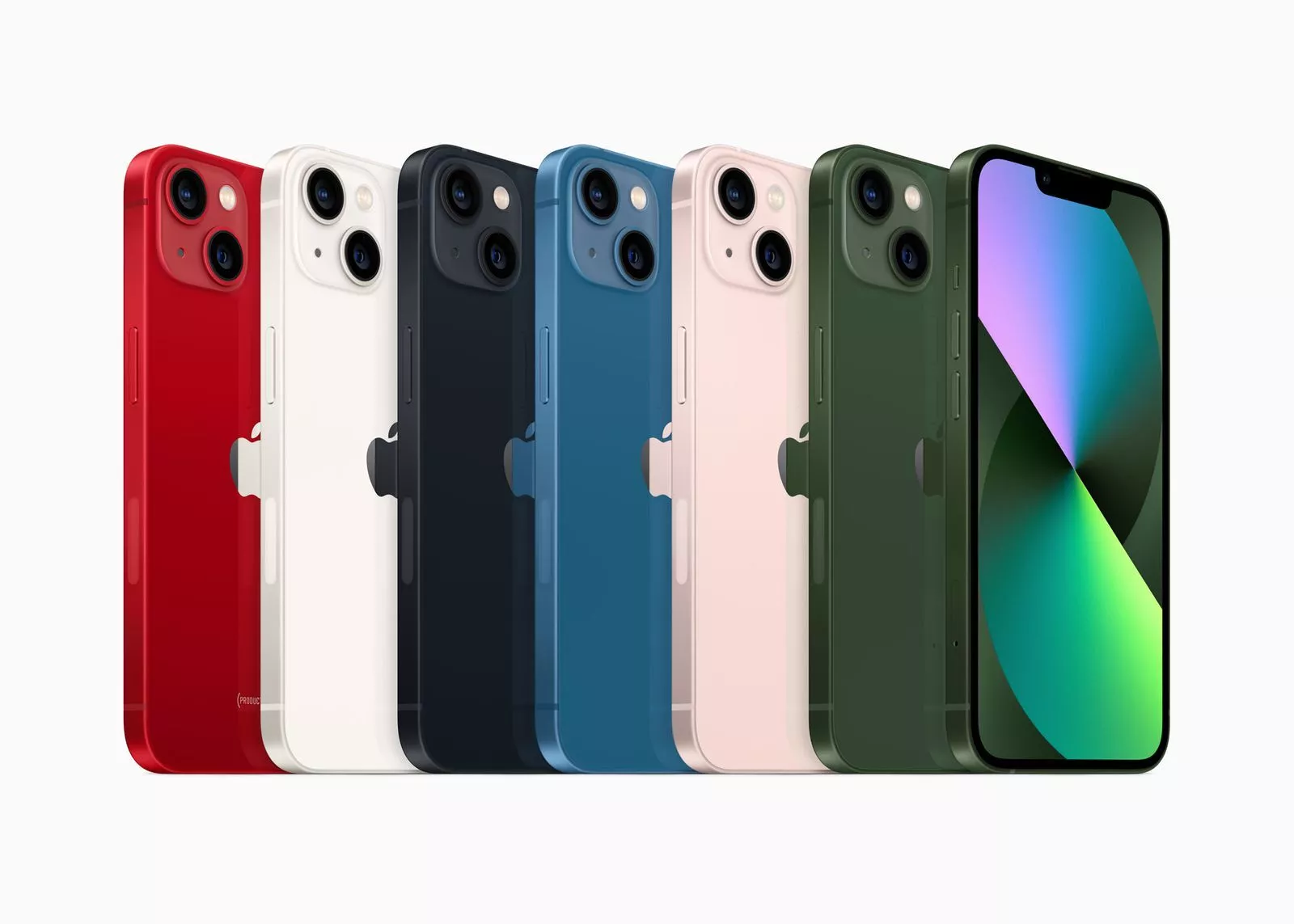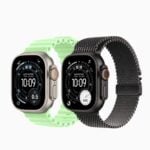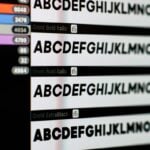The iPhone 13, released in 2021, has a high-quality display. The Super Retina XDR display provides vibrant colors, deep blacks, and sharp visuals. This article details the key specifications of the iPhone 13’s screen, including its size, resolution, refresh rate, and additional features. The refresh rate is an important factor in assessing the display performance of smartphones. The iPhone 13 Pro models stand out with a 120Hz refresh rate, offering smoother scrolling and more responsive touch interactions.
This is an improvement over the traditional 60Hz refresh rate found in the standard iPhone 13 and iPhone 13 Mini models. The refresh rate measures how often the image is updated per second and is denoted in Hertz (Hz). The advanced OLED screens in the iPhone 13 Pro models allow for the higher refresh rate, enhancing the user experience, especially for gaming and fast-moving content. On the other hand, the base iPhone 13 models have the more conventional 60Hz screens, which still deliver high-quality images but lack the fluid motion provided by the Pro models.
Display Technology in the iPhone 13

The iPhone 13 boasts a Super Retina XDR display, renowned for its vibrant colors and deep blacks. It’s an OLED panel, which means each pixel lights up individually, resulting in impressive contrast ratios.
Screen Size and Resolution
This model sports a 6.1-inch diagonal screen with a 2532-by-1170-pixel resolution. This combination ensures sharp text and clear visuals for everyday use, whether you’re browsing the web, watching videos, or playing games.
Refresh Rate: The Key Difference
Unlike the iPhone 13 Pro models, the iPhone 13 has a standard 60Hz refresh rate. This means the screen refreshes 60 times per second, which is sufficient for most tasks but might not feel as smooth as higher refresh rates found in some newer devices.
Table: iPhone 13 Screen Specs
| Feature | Specification |
|---|---|
| Display Type | Super Retina XDR (OLED) |
| Screen Size | 6.1 inches |
| Resolution | 2532-by-1170 pixels |
| Refresh Rate | 60Hz |
| Max Brightness | 800 nits (typical), 1200 nits (HDR) |
Additional Features
Beyond the core specs, the iPhone 13’s display supports HDR content, has a wide color gamut (P3), and features True Tone technology, which adjusts the screen’s color temperature to match the ambient light for a more comfortable viewing experience. It’s also protected by a fingerprint-resistant oleophobic coating.
Key Takeaways
- iPhone 13 Pro models feature a 120Hz refresh rate for fluid motion, while the standard iPhone 13 maintains a 60Hz screen.
- The higher refresh rate in the Pro models contributes to smoother scrolling and more responsive touch interactions.
- OLED displays in iPhone 13 Pro enhance the overall visual experience, supporting the advanced refresh rate.
Display Characteristics and Technology
The iPhone 13 series features advanced display technologies that enhance the visual experience. These include OLED panels and ProMotion Technology, which contribute to higher refresh rates and improved brightness. The design also includes the distinctive notch and durable ceramic shield glass.
OLED and Super Retina XDR
The iPhone 13’s screen uses OLED technology for true blacks and high contrast ratios. Its Super Retina XDR display provides vivid colors and high resolution. Each pixel in an OLED display emits its own light, which allows for deeper blacks and a higher contrast ratio compared to traditional LCD screens.
ProMotion Technology and Refresh Rates
While the standard iPhone 13 maintains a 60Hz refresh rate, the iPhone 13 Pro models feature ProMotion technology. This enables adaptive refresh rates up to 120Hz for smoother visuals during motion like scrolling and gaming.
Resolution and Brightness
The iPhone 13 models boast high-resolution displays, ensuring sharp images. Brightness levels reach up to 800 nits for standard viewing and up to 1200 nits for HDR content. This makes it easier to view the screen in various lighting conditions.
Design and Notch
The front of the iPhone 13 showcases a sleek design with a ceramic shield, providing increased durability. It retains the notch at the top of the display which houses the front-facing camera and Face ID sensors. The glass and display are carefully integrated for both aesthetic appeal and functionality.
Performance and Camera Enhancements
The iPhone 13’s performance leap is primarily driven by the new A15 Bionic chip, which provides a robust experience for users. This advancement, coupled with camera system improvements and extended storage options, marks a significant upgrade from previous models.
A15 Bionic Chip and GPU
Apple’s A15 Bionic chip powers the iPhone 13, elevating its performance with a more powerful CPU and GPU. The A15 chip not only ensures faster operations but it also optimizes battery life. This allows users to engage with graphic-intensive apps and games without notable lag. It’s a key factor for users seeking smooth and efficient performance on their device.
Camera System and Photographic Styles
The iPhone 13 introduces a versatile camera system featuring an advanced wide camera with a larger aperture of f/1.6 and improved low-light performance. Night mode captures even in dim settings. The Photographic Styles feature offers on-device editing, allowing users to apply preferred tone and warmth settings to photos. The camera system’s hardware and software integration gives each shot a professional finish.
Video Capabilities and Storage Options
Video recording on the iPhone 13 reaches new heights with 4K resolution and the debut of Cinematic mode. Cinematic mode adds depth-of-field adjustments to video capture, resembling professional filmmaking techniques. ProRes support enables higher-quality video recording for creative projects. Users can store abundant content with a base storage option of 128GB. This provides ample space for photos, videos, and applications.







